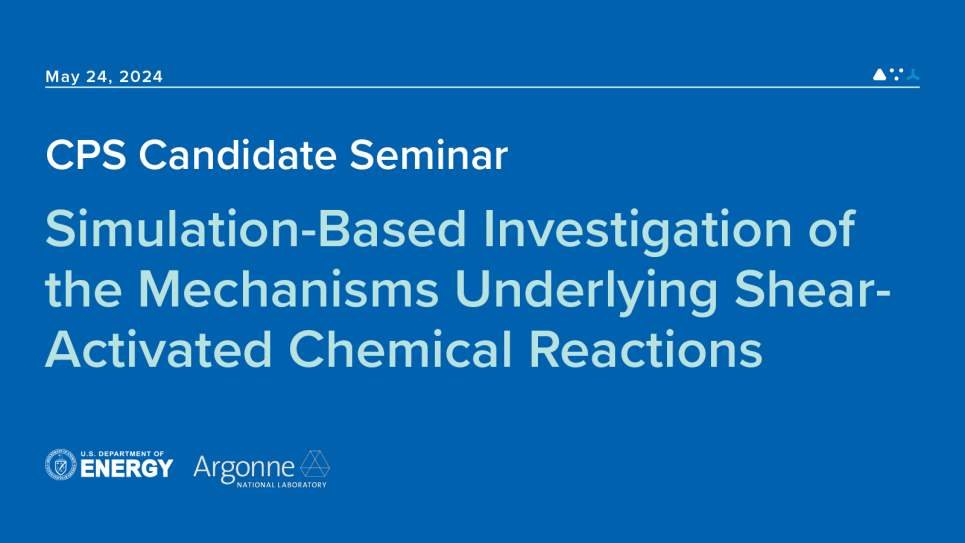
Simulation-Based Investigation of the Mechanisms Underlying Shear-Activated Chemical Reactions
Shear-driven chemical reactions play critical roles in many manufacturing, tribological, and synthesis processes. However, mechanistic understanding of such reactions is still limited due to the inherent difficulties in studying shear-driven reactions at sliding interfaces using experimental techniques. Here, I used reactive molecular dynamics to further the current understanding of shear-activation. Using carefully designed simulation systems mimicking ball-on-flat experiments, I investigated the individual effects of heat, mechanical stress, and chemical structure on reaction yield and pathways of organic molecules on silica. Trends in simulations closely matched with experimental results. Analysis of large simulated datasets using custom post-processing routines revealed key details of shear-activation including molecular deformation of reacting species before reactions. Using nudged elastic band calculations, I demonstrated a direct relation between molecular deformation and reduction in reaction energy barrier. These findings provide critical insights to guide the design of optimized and potentially tunable shear-induced processes.